- Martin Goebel champions a patient, relationship-based approach to conservation, focusing on community trust and long-term collaboration rather than top-down mandates or rapid results.
- Through LegacyWorks and its ResiMar initiative in Baja California Sur, Goebel and partners work to regenerate ecosystems from mountains to sea by aligning environmental goals with local aspirations, emphasizing social legitimacy as a prerequisite for success.
- Drawing from decades of experience, including missteps like the vaquita reserve, Goebel argues that the toughest conservation challenges are social—not ecological—and require humility, listening, and time to build something that truly lasts.
- Goebel spoke with Mongabay Founder and CEO Rhett Ayers Butler in Mexico in June 2025.
In a world of quick wins and impatient headlines, Martin Goebel is playing the long game.
Now Director for Mexico at LegacyWorks Group, a U.S.-based nonprofit, Goebel has spent five decades navigating the complicated terrain where conservation collides with community, politics, and development. Most of that time has been in Mexico, where he has witnessed—and helped shape—some of the country’s most ambitious environmental efforts. The challenges are as persistent as they are familiar: water scarcity, habitat loss, mismanaged tourism, frayed social trust. But Goebel and his collaborators are betting on a different kind of conservation—one that doesn’t begin with maps or mandates, but with conversations.
The region he currently focuses on, the Pacific coast of Baja California Sur, may be among the most stunning and biologically rich stretches of North America. But it is also among the fastest growing. Coastal oases like La Paz and Todos Santos are rapidly morphing into tourism and retirement enclaves. With that growth come the usual pressures: overdrawn aquifers, degraded ecosystems, rising inequality. The solution, in Goebel’s view, lies not in top-down decrees but in patient, trust-based relationships with local communities.

LegacyWorks, where Goebel has worked since 2016, is not your typical conservation outfit. Originally founded to support watershed restoration in Wyoming, the organization now operates across five geographies in the U.S. and Mexico, stitching together a mix of environmental protection, rural development, and what it calls “community readiness.”
In Baja, its flagship effort is ResiMar—short forRegeneración Sierra a Mar, or “regeneration from mountains to sea.” Through a loose alliance of local partners, ResiMar aims to restore watersheds, strengthen food systems, and align ecological goals with community aspirations. The idea is as old as hydrology but seldom practiced with this degree of social patience: Take care of the uplands, and the benefits will flow downstream.
Such projects are rarely linear. Goebel describes a four-part framework for change that begins with convening and listening. Only later—after shared purpose and trust are established—does the work move into funding, metrics, and measurable outcomes. One of the initiatives under ResiMar, for example, took five years just to secure federal approval for a locally proposed fisheries refuge. That timescale may seem glacial, but to Goebel, it reflects the real pace of durable change.
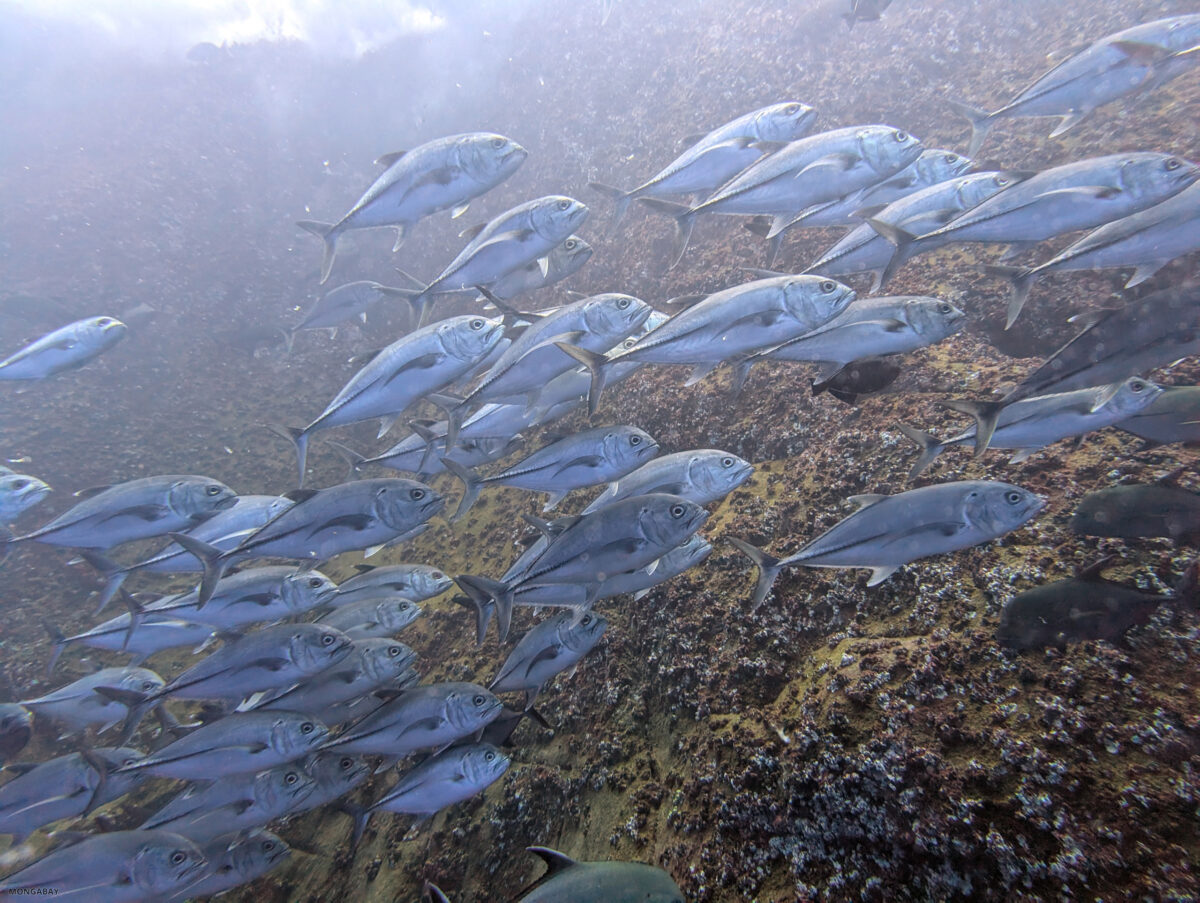
Goebel is no stranger to the hard lessons of conservation. He helped establish the Upper Gulf of California Biosphere Reserve in the 1990s, a protected area aimed at safeguarding the critically endangered vaquita porpoise. But the process, rushed and top-down, alienated many local fishers. The result was backlash that still lingers. That experience, he says, underscored a central principle: social legitimacy is not optional.
Goebel is cautious about narratives that frame conservation as merely a technical or ecological endeavor.
“Environmental challenges are not as hard as the social ones,” he says. The real obstacles are about trust, governance, and competing visions for the future. For that reason, LegacyWorks emphasizes humility—what Goebel calls the practice of “underpromising and overdelivering.” In a sector prone to grand ambitions, that approach is surprisingly uncommon.
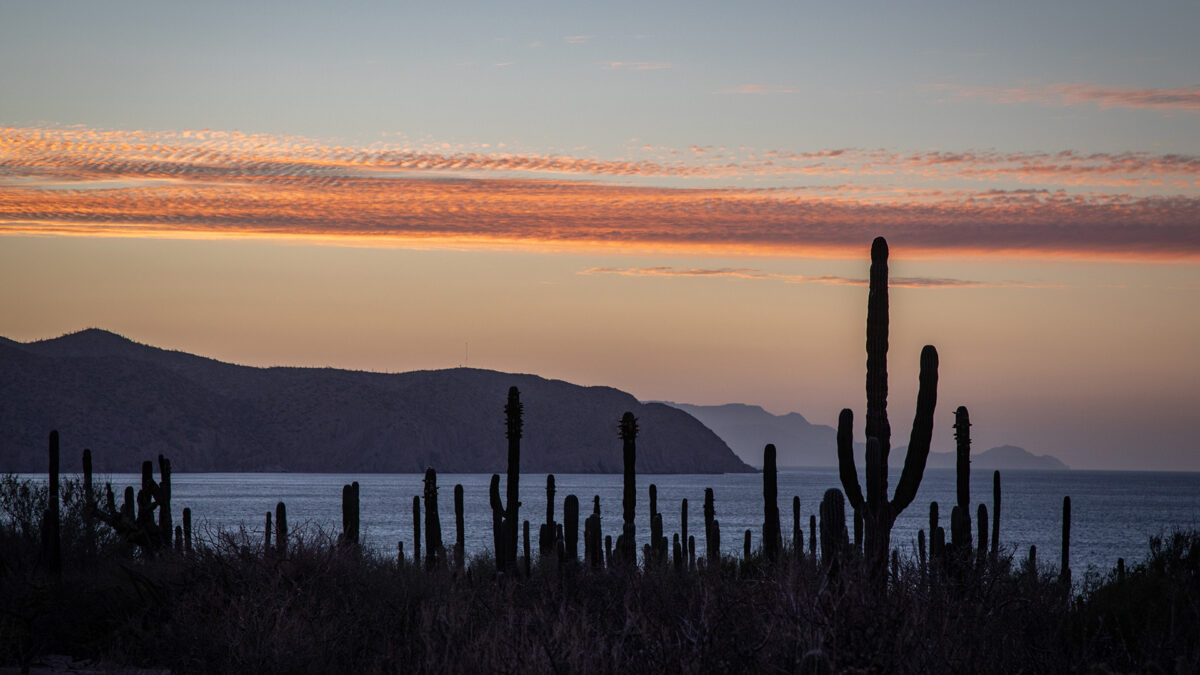
But even amid the slow churn of community meetings and capacity-building, Goebel sees reasons for hope. A new generation of local leaders is stepping up—many of them women—who see conservation not as an external imposition but as a pathway to self-determination. They are not waiting for permission or perfection. They are learning as they go, and building something that might, over time, last.
In the conversation that follows, Goebel reflects on the arc of his career, the missteps that shaped his philosophy, and the emerging models of community-driven conservation that give him reason to keep going. It is not a blueprint for rapid transformation—but it may offer a roadmap for those willing to stay in the fight a little longer.
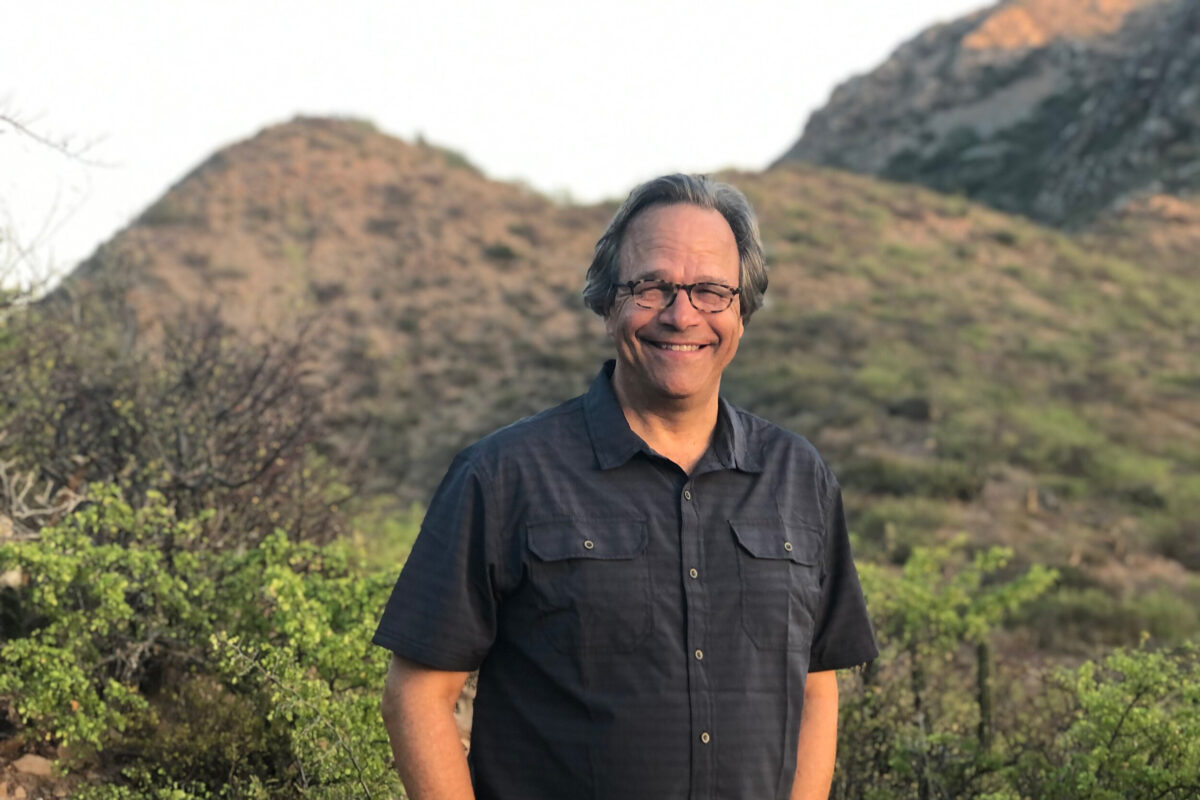
An interview with Martin Goebel
Martin Goebel: I’m Martin Goebel. I’m the Director for Mexico at LegacyWorks Group. We focus on helping communities in Mexico conserve and restore natural resources while also advancing local prosperity.
Mongabay: How did you get started in this work?
Martin Goebel: I’ve been working in conservation for about 50 years, most of that time in Mexico. I did spend about 20 years in the U.S., but it all really began when I fell in love with the Sea of Cortez at around age 13. I’ve been returning ever since. After college, I launched several conservation initiatives in the region.
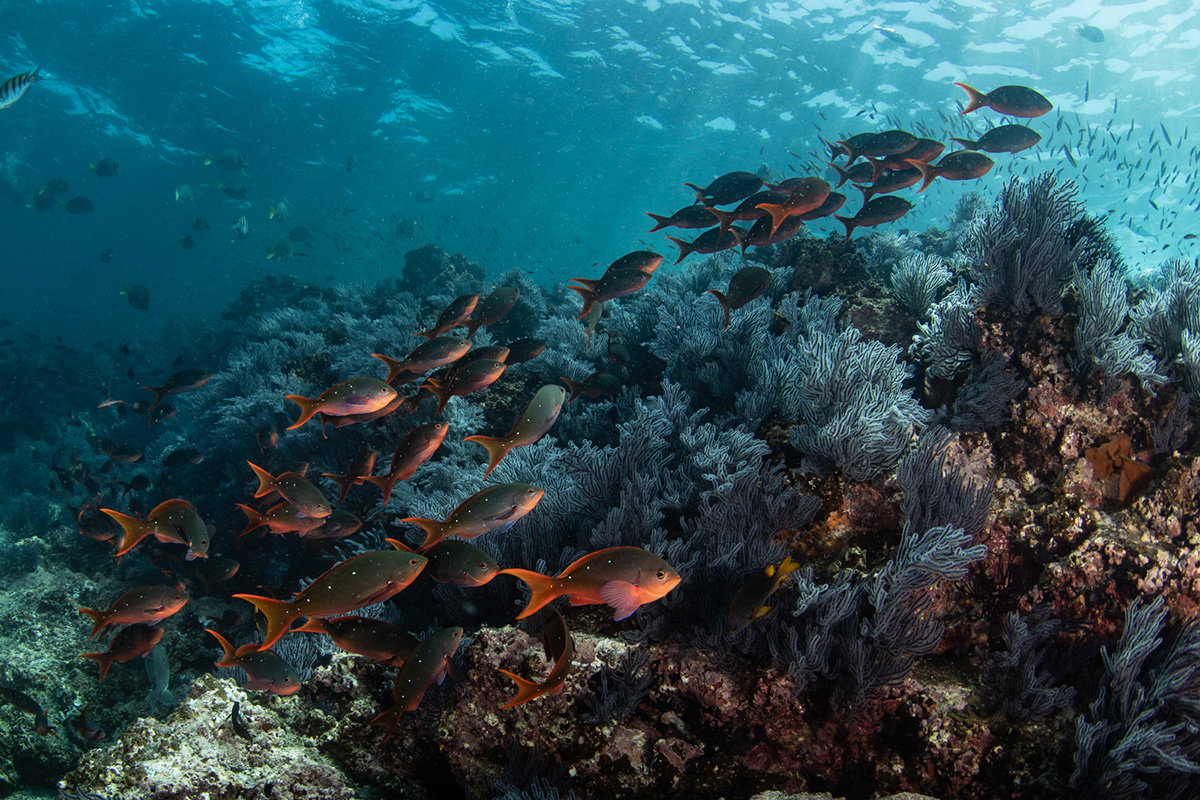
My most recent work is with LegacyWorks, but I’ve also worked with Conservation International, The Nature Conservancy, and the World Wildlife Fund—mostly advancing conservation in the Sea of Cortez, both as a whole and in specific areas.
Mongabay: Why are you personally drawn to nature and conservation?
Martin Goebel: I was fortunate to have parents who took me to many places, both around the world and throughout Mexico. That gave me a deep appreciation for nature and culture. I didn’t know until I joined The Nature Conservancy in 1984 that Mexico is among the top five most biodiverse countries in the world. That realization gave me even more motivation.
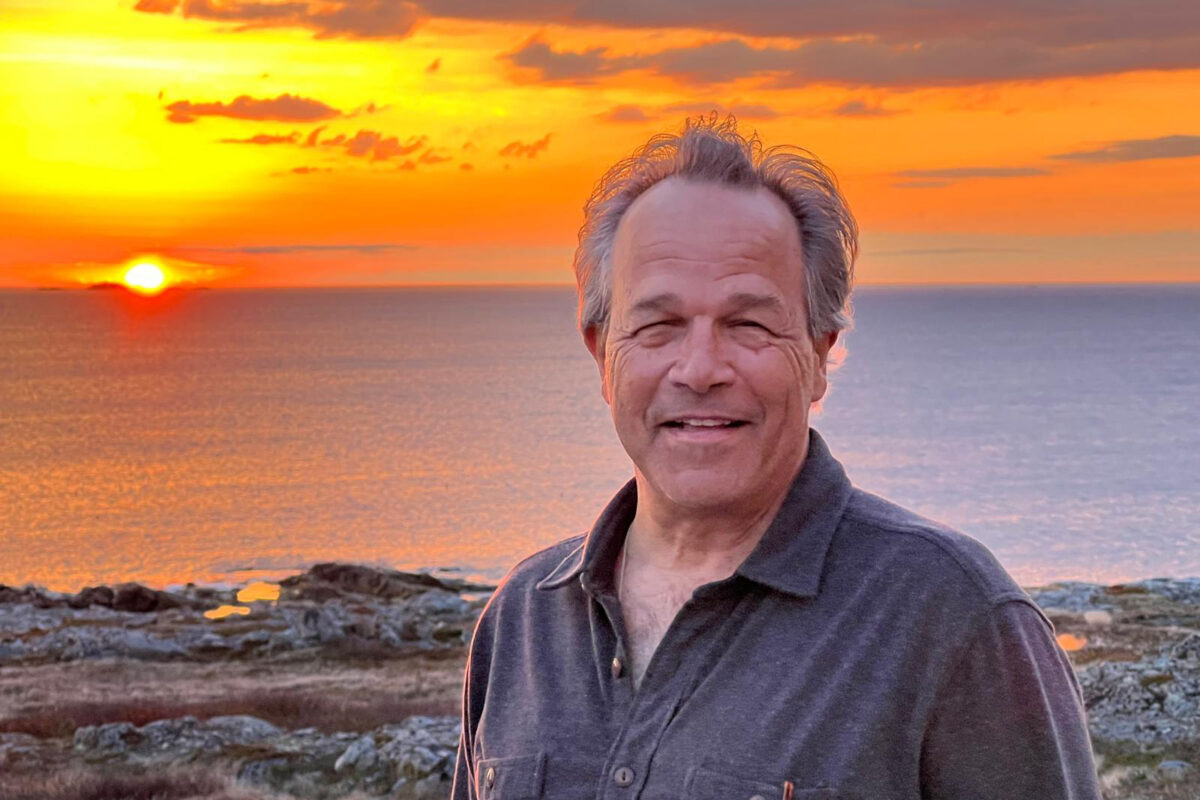
But the roots of my interest go back to my childhood, growing up on the outskirts of a rapidly developing city. Even then, I had a desire to explore and connect with nature. That impulse has stayed with me.
Mongabay: So it started early—for you as a child and teenager.
Martin Goebel: Exactly.
Mongabay: Why does LegacyWorks focus on the Pacific coast of Mexico?
Martin Goebel: It started when I met Carl Palmer, the founder of LegacyWorks Group. I was already working in this region—my third or fourth time doing so—and a friend introduced us. Carl was open to incorporating the portfolio of projects I was developing here under LegacyWorks’ umbrella. I needed an institutional home for fundraising, resource administration, and strategic alignment—and LegacyWorks provided that. That was about eight years ago. Our purposes and values aligned, and it’s been a great relationship ever since.
Mongabay: Does LegacyWorks work beyond Mexico?
Martin Goebel: Yes. LegacyWorks began in Santa Barbara, California. Its first project was in the Teton Valley, on the western edge of Yellowstone, where Carl received a major grant to support local nonprofits, farmers, and ranchers in restoring the Teton River Valley—work that’s still ongoing.
Since then, the organization has expanded. We now have five main initiatives: in the Yellowstone region, California’s central coast, Mexico, and a national-level program called Sentinel Landscapes. That program partners with the U.S. Department of Defense to help military bases—many of which contain ecologically significant lands—build stronger relationships with surrounding communities.
All of these initiatives share a conservation focus and work closely with local communities.
Mongabay: Coming back to Mexico, why is Baja California—and especially this part of it—strategically important?
Martin Goebel: The Sea of Cortez and the Baja California Peninsula form part of the Sonoran Desert, one of the most biologically diverse desert regions in the world. The juxtaposition of desert and ocean is ecologically fascinating. This is also one of the most productive marine regions globally. Its biodiversity and the sheer abundance of life it supports are truly remarkable.
Mongabay: You have an initiative called ResiMar—can you describe how it operates across the five nodes?
Martin Goebel: Yes, ResiMar—short for Regeneración Sierra a Mar—emerged from our recognition that water is one of the scarcest and most important resources in Baja, especially for sustaining communities.
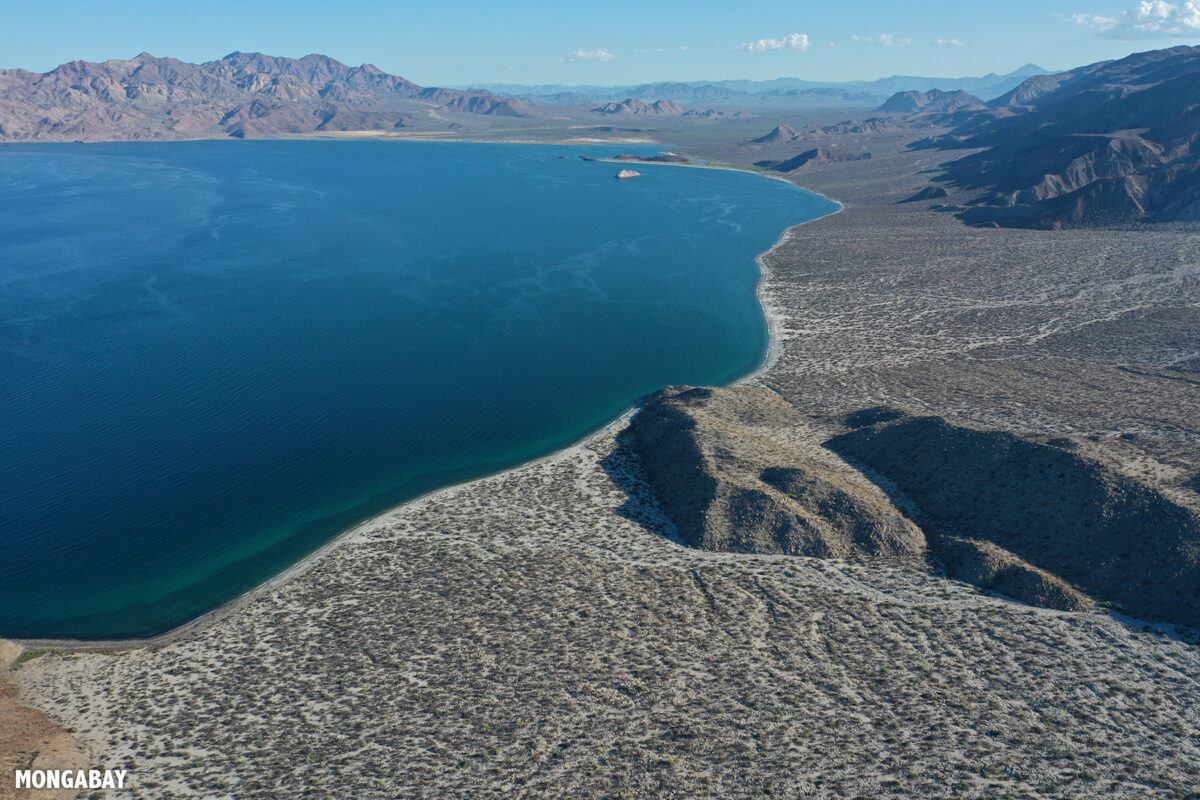
We realized we needed a unifying theme beyond biodiversity to engage communities and leaders. Water became that entry point. Dryland ecosystems like this one are facing increasing pressure, and much of Mexico is semi-arid or arid.
So we began building relationships along the Pacific coast of Mexico and adopted a ridge-to-reef framework. That’s what Sierra a Mar means in Spanish—regenerating landscapes from the mountains to the sea. We were fortunate to find several other projects already operating or emerging that wanted to be part of this shared framework. Now, we have a constellation of initiatives working under this collective vision.
Mongabay: What have been some early wins or successes from the Red Regenerativa de Cuencas y Comunidades (R2C2) initiative?
Martin Goebel: R2C2 is a learning community—a network of initiatives learning from one another. That’s been a big success. It shortens the time each initiative takes to figure out how to balance conservation and community development.
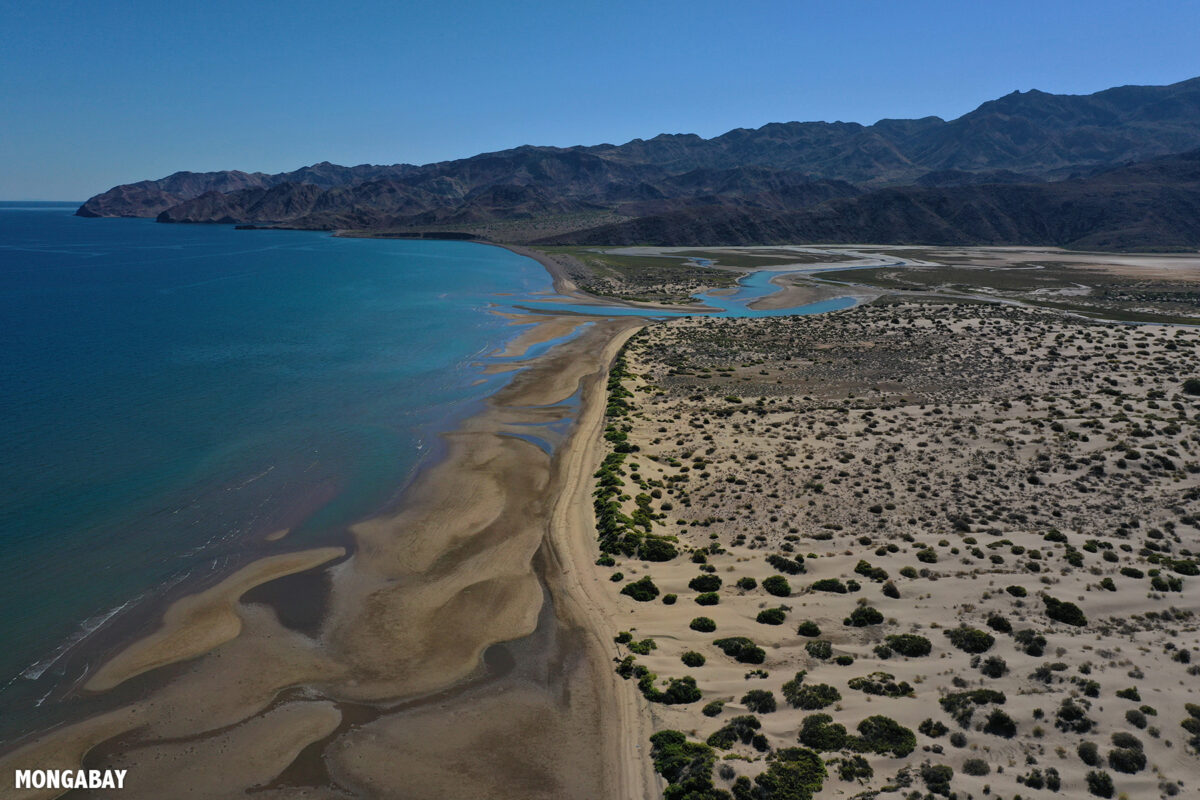
Most of the initiatives have four or five core components: watershed restoration, sustainable agriculture, forest or vegetation cover restoration, and community development—including the economic aspects that go with that. These elements are essential for each site, and so far they’re working well.
Mongabay: Did you conduct any baseline studies before launching the initiatives?
Martin Goebel: Yes, particularly in Baja’s southern East Cape. We conducted several baseline studies—on demographics, resource use, and community mapping. A key part of that was understanding which communities were ready to work with us. We don’t force our way in; we wait to be invited. So we developed a community readiness assessment. It’s partly quantitative and partly qualitative, but it helps ensure we’re working where we’re welcome and where collaboration is likely to thrive.
Mongabay: And how would you measure success?
Martin Goebel: For us, success comes in four stages—we call them “orders of change” or “orders of outcomes.” Typically, when we begin in a new place, we start by convening local leaders and bringing other partners into the conversation. We try to identify a shared purpose. Sometimes it’s something small that catalyzes collaboration, but it’s enough to get people working together. If we can align around that and secure the resources to support it, we consider that the first order of change.
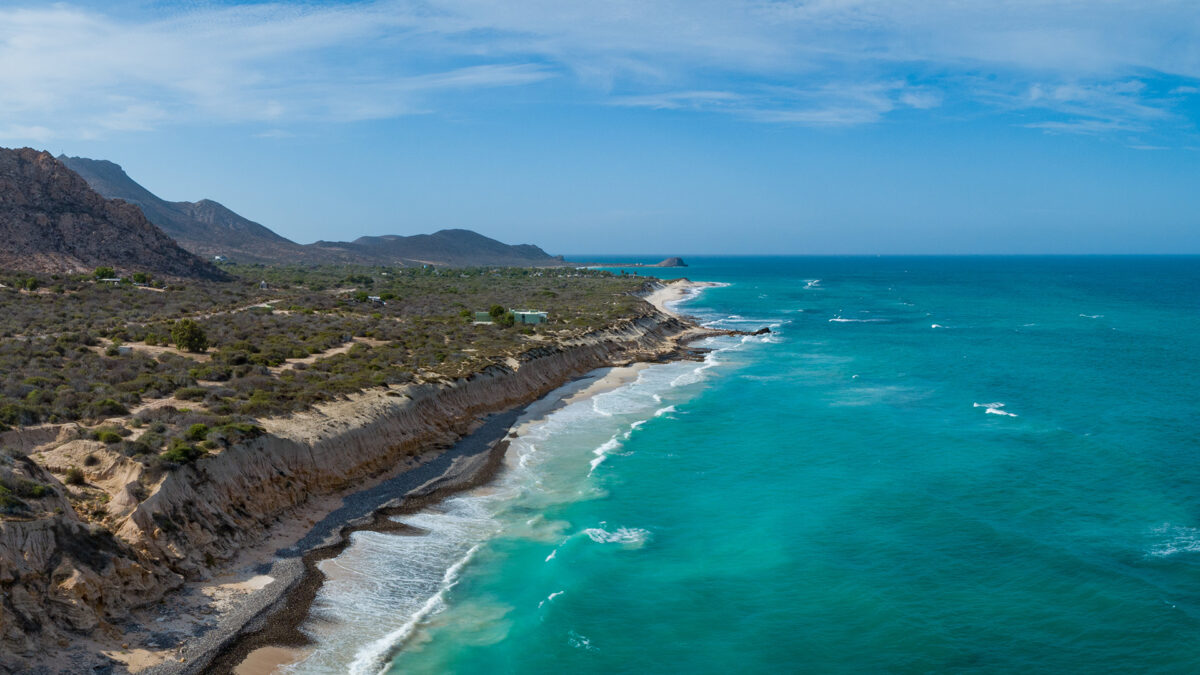
That stage is entirely built on trust—between local partners, ourselves, funders, and other stakeholders. Once trust and a shared vision are established, we move to the second order of change: defining concrete projects.
We’ve developed what we call an “investing model,” and a theory of change we refer to as “spiral dynamics.” The idea is that small successes create momentum and lead to larger, more diverse initiatives. You can’t start with something massive—if it fails, it’s hard to recover. So we begin with something manageable that solves a real community-identified issue, and from there, we spiral outward.
In this second stage, one successful project leads to others, draws in new partners, and begins to expand the scope of work. That’s when we start measuring both qualitative and quantitative indicators—like acres reforested, people engaged, or livelihoods improved.
Mongabay: And how do you track those?
Martin Goebel: We’re now formalizing that through what we call our “dashboarding” initiative. It’s a tool to monitor key indicators across all five of our core initiatives. It allows us to track whether we’re making progress—or not—and understand why. Success or failure often comes down to trust, leadership, or the presence—or absence—of strong relationships.
That’s why we place so much emphasis on long-term, trust-based partnerships. One of our core principles is to avoid overpromising. We try to underpromise and overdeliver. That’s our mantra.
For example, in the northern part of the East Cape, a local community approached us with a desire to create a fisheries refuge to restore their fish stocks. It’s taken five years to move through the first two orders of change—building trust, developing shared goals, working through governance questions. But the refuge is now about to be approved by the federal government. It’s a long process, but it’s real.
Mongabay: What are the biggest challenges—particularly environmental ones—in the region?
Martin Goebel: Honestly, environmental challenges are not as hard as the social ones. The environmental issues are the usual suspects: deforestation, loss of vegetative cover, and the downstream effects on wildlife, water systems, and aquifer recharge. We also face the broader impacts of climate change.
But by far, the biggest challenges are social, economic, and political. Environmental problems are caused by people—and they have to be solved by people. That’s why the social dimension is critical.
Mongabay: So what are the primary challenges to achieving conservation?
Martin Goebel: The hardest part is getting people to work together—especially in a world that’s increasingly divided. Trust-building is our main challenge. When things start working and success becomes visible, more people want to join in—which is good, but it complicates things. Suddenly you’re managing more expectations, more egos, more political interest.

And that can create tension with local communities. Our goal is always to make sure they feel like the architects of their own success. That’s key. They have to be empowered to continue the work—with or without us.
Mongabay: I’m not sure if you can answer this, but the vaquita is often seen as emblematic of the Sea of Cortez. There are reports that there may be only six individuals left. Have you worked on vaquita issues?
Martin Goebel: Yes. When I was with Conservation International many years ago, I worked with Alejandro Robles—who I’d strongly encourage you to interview. He’s one of the wisest conservationists in the region.
Together, we promoted the creation of the Upper Gulf of California Biosphere Reserve, which includes the vaquita’s primary habitat. Politically, it was the right moment. We got the president of Mexico to sign the decree and built enough institutional support to get it done.
But we learned a hard lesson. While we got the reserve declared quickly—within six months or so—we hadn’t invested enough time engaging the local fishing communities. When the announcement came, it caught many of them by surprise. That led to backlash. People felt left out, even threatened.
We had moved too fast. We should have spent more time listening, engaging, building the foundation of trust. Instead, the decree felt imposed, and that undermined the effort.
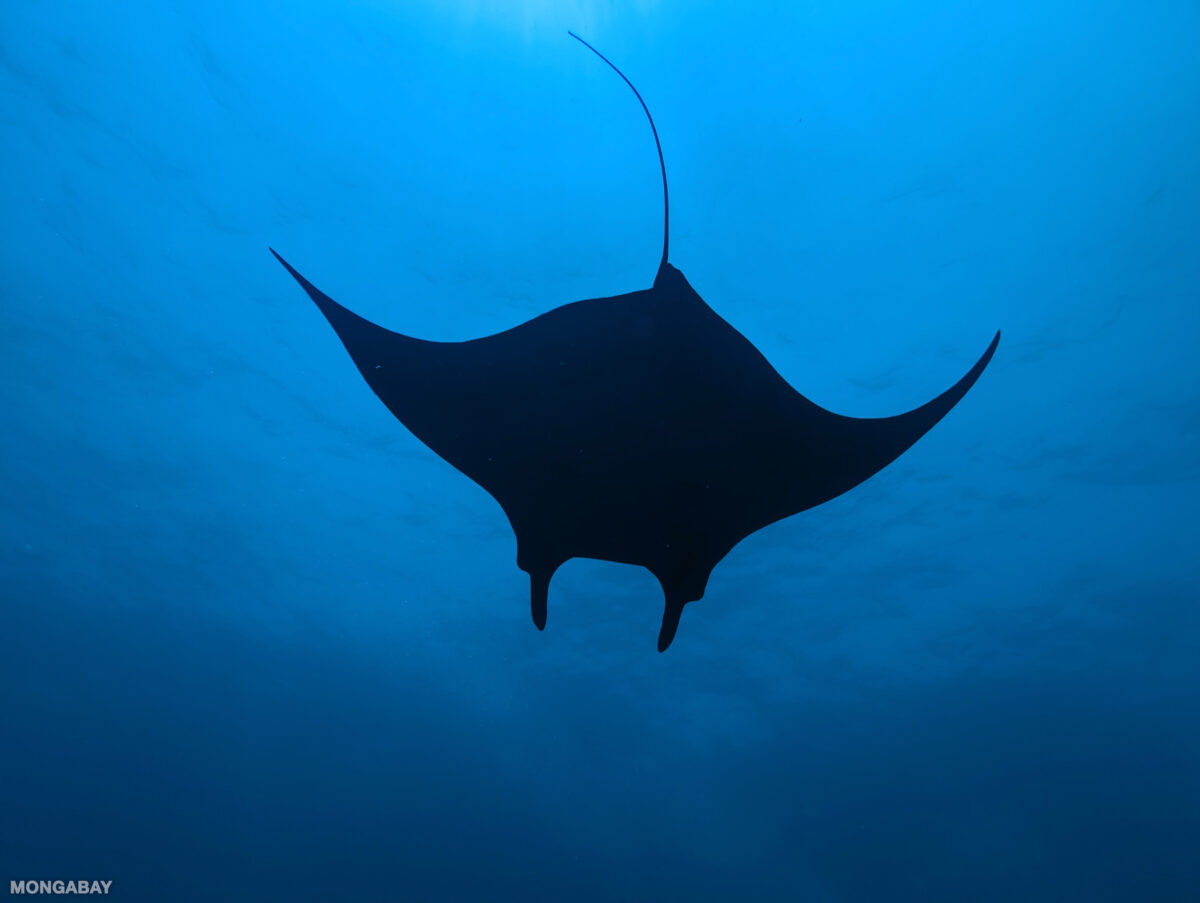
Despite significant investment—buying back fishing permits, offering alternatives—the opposition remained strong because people didn’t feel ownership of the conservation solution.
The vaquita might have gone extinct regardless, but we believe that if we had taken a slower, more community-centered approach, we could have had more impact. It was a sobering reminder: in Mexico, top-down doesn’t usually work. Social agreement is essential.
That’s my personal take.
Mongabay: What are your top priorities for conservation in the region?
Martin Goebel: Right now, one of our top priorities is trying to guide—or at least influence—the direction of development. You may have noticed when you arrived that this is the fastest-growing region in Mexico. Baja California Sur, and especially this southeastern part, is experiencing rapid population and economic growth—well over 10% per year. That’s a doubling time of seven to ten years, which is incredibly fast.

With that comes all the predictable challenges: water shortages, energy shortages, erosion of social cohesion, and even rising crime. So, in this part of the region—from La Paz to Cabo Pulmo—growth management and shifting tourism toward a more environmentally respectful and community-rooted model is absolutely critical. Development that restores, rather than depletes, is the biggest shift we need to make.
Mongabay: What gives you hope?
Martin Goebel: That’s actually an easy one. While I often get frustrated with how slow progress can be, I’m seeing something that’s deeply encouraging: a new generation of leaders emerging. We’re finding young leaders in science, nonprofits, local communities—and even among developers—who understand how important regenerative and sustainable development is.
Do we all know exactly how to do it? No. But we’re figuring it out together. That shared effort gives me hope. These young people want to collaborate, and organizations like ours are here to help make that possible.
Another thing I’d like to add is the more we evolve as a species, the more we realize how interconnected we are—with each other and with the natural world. That calls for a much more holistic view of our problems and solutions. But that’s not how we’re usually trained. Schools and universities often silo us—into science, into policy, into activism.
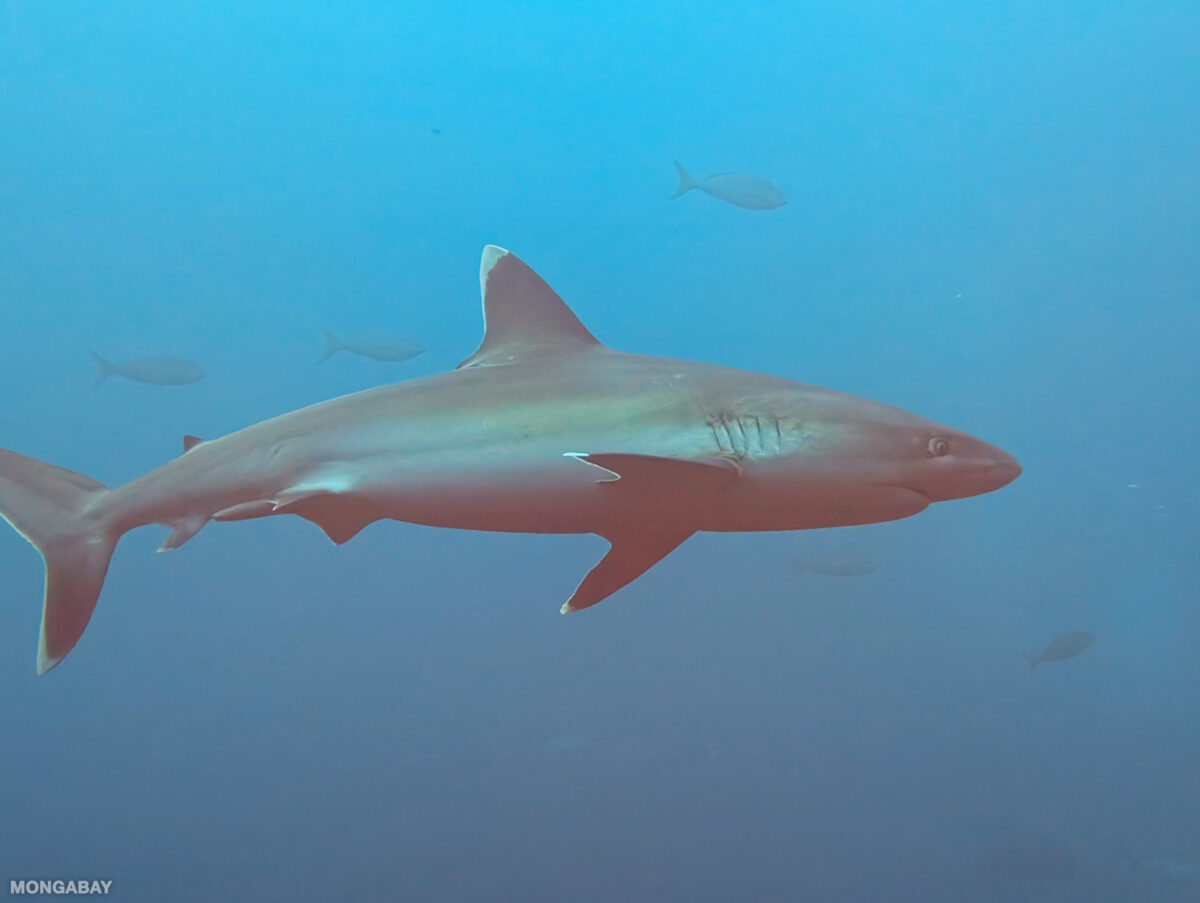
But take sharks, for example. If you’re a shark researcher, you still have to understand that fishermen need to make a living. You might want to protect sharks, but telling people to stop fishing without offering an alternative isn’t going to work. So you start thinking in systems. You start thinking about livelihoods, dignity, and agency.
Real conservation isn’t just about enforcing laws or declaring protected areas. It’s about helping people design their own future—one they care about and have a stake in. When you do that, you have the ingredients for real success.
Mongabay: That builds nicely on your point about what gives you hope. You mentioned young leaders—what do they look like in your organization?
Martin Goebel: We’ve been really inspired by the number of young leaders stepping up—especially women. I’ve found that many of the women we work with bring a longer-term perspective. They often seem more open to collaboration and less caught up in ego or competition.
That’s not universally true, of course, but in general, women in our team and in communities show a deep concern for social cohesion—and that’s fundamental in this work.
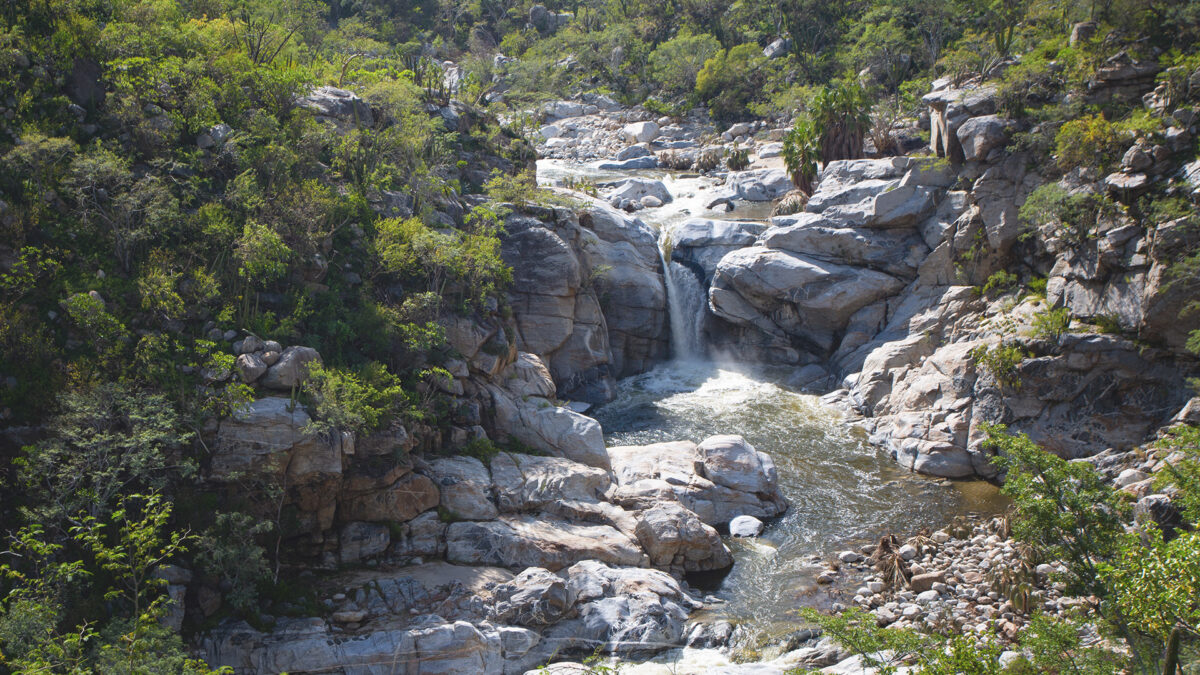
We have amazing women on our team and in partner communities who are doing vital work in conservation and sustainable development. This emerging model of feminine leadership is not only real—it’s growing. And I’m committed to supporting and expanding it wherever I can.
Mongabay: What advice would you give to someone who wants to go into conservation—especially in Mexico?
Martin Goebel: It’s a bit of a cliché, but: follow your passion. That’s the foundation. Then find mentors who can help guide and shape that passion. Try internships or get involved in a small, hands-on project where you can make a real contribution. At LegacyWorks, we offer these kinds of opportunities regularly.
From there, see if it feels like a calling—because this work is just that: a calling. It’s not something to do half-heartedly. Most of us don’t do this for the money—we’re sustained by the meaning and fulfillment it brings.
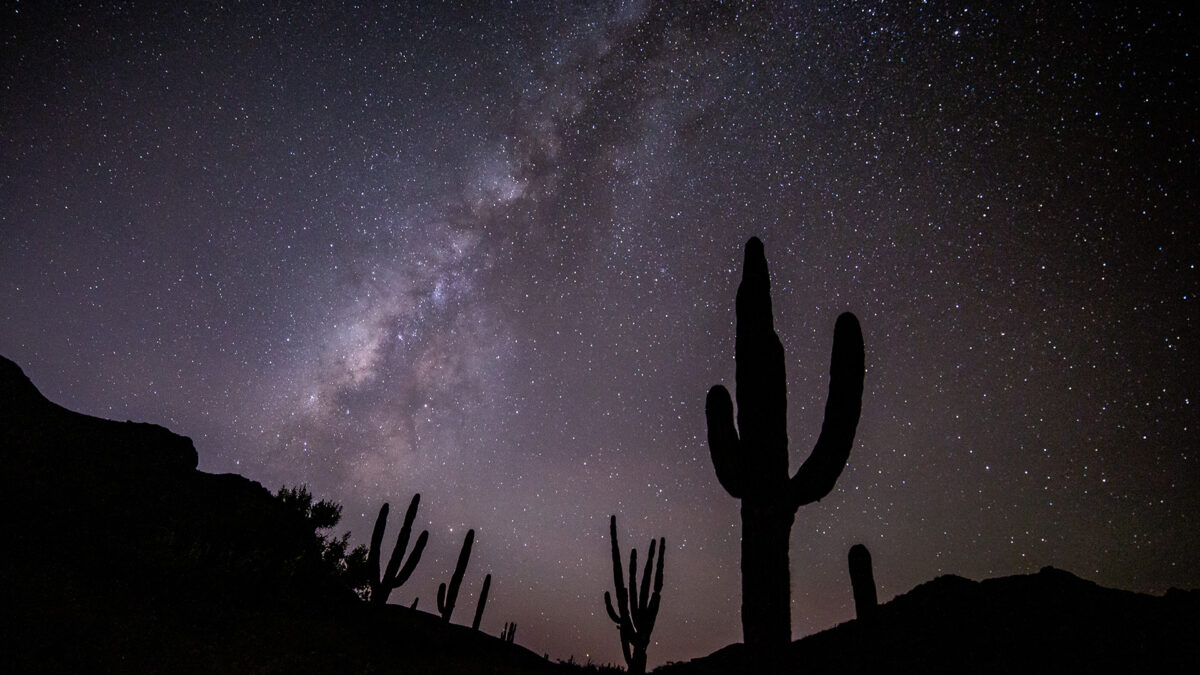
If your goal is to help people—especially those working to conserve their own resources at the local level—this is an incredibly rewarding path. It’s a slow process. It requires patience, humility, collaboration, and a willingness to keep learning—and to fail. You’ll fail a lot. But you pick yourself up, try again, and keep going until things start to click.
Some communities may not be ready. Others might surprise you. I’ve had the privilege of doing this work all over Mexico, throughout Latin America, and in the Pacific Northwest of the U.S. For me, community-based, community-driven conservation has been a deeply meaningful way to channel my energy. I’d absolutely recommend it to anyone drawn to this kind of work.






